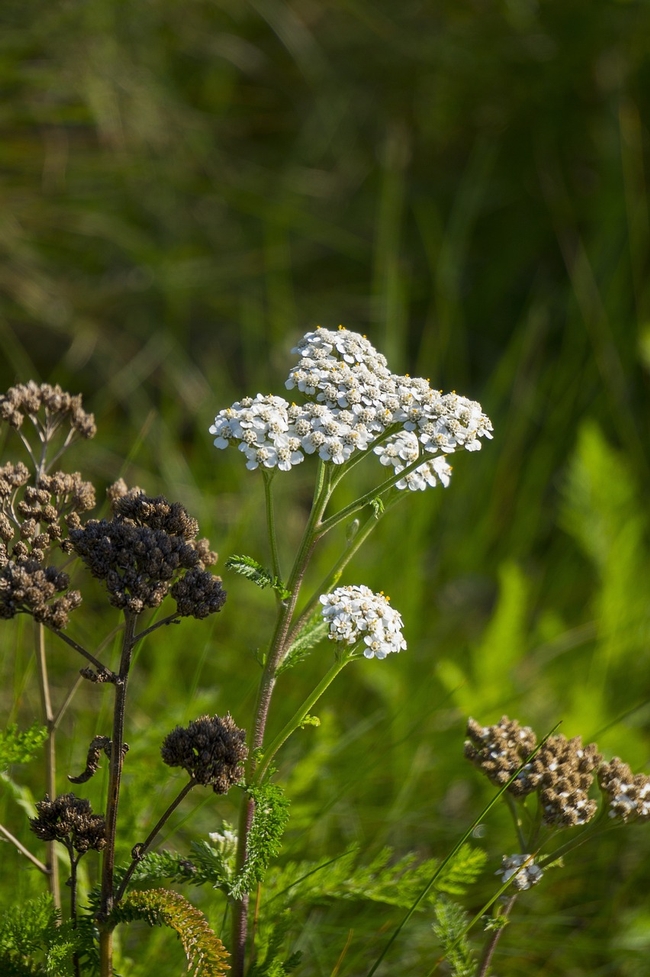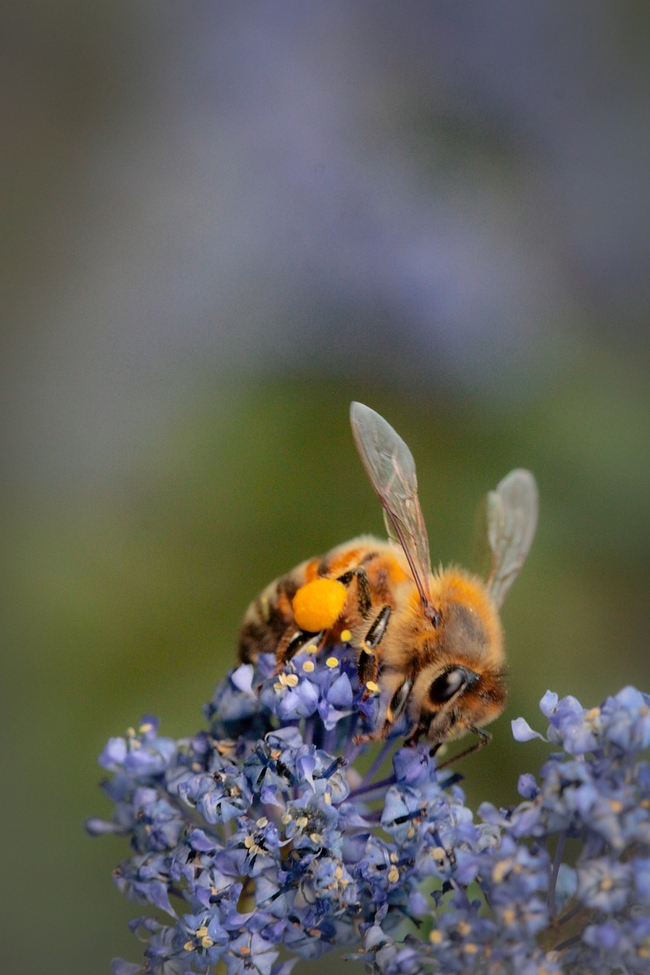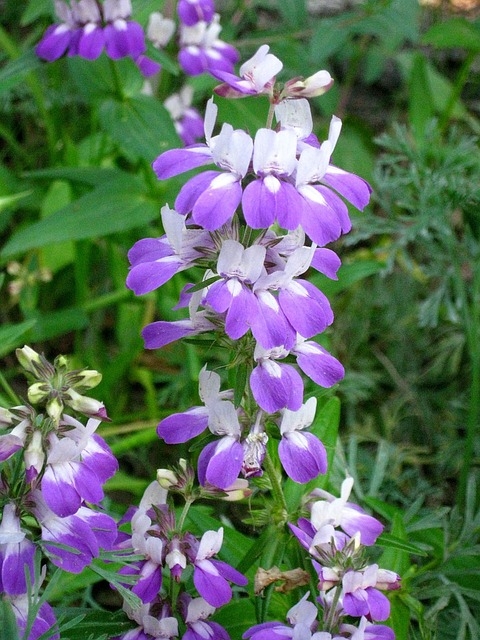- Author: Cindy Kerson, UC Master Gardener of Napa County
As the lead of the “Low-Maintenance, Low-Water Garden” at the Las Flores Learning Garden at Napa's Las Flores Community Center, my job is to keep the plants heathy and appealing. This includes seasonal pruning and, at this time of year, weeding, weeding and weeding.
As Master Gardeners know, a weed is any plant that is not where you want it to be. That would include the volunteer tomato plant that's growing between the cracks on your front steps, already flowering. You'd have to move it to your vegetable beds to promote it from weed to plant.
The low-maintenance, low-water section of the Learning Garden was the first to be planted and is now in its fifth year. The plants we chose for this area thrive with little care. Unfortunately, the surrounding soil isn't familiar with the idea. Weeds, weeds, and more weeds appear in all their glory, especially in the spring, encouraged by the warm, moist soil.
With my Master Gardener teammates and our fancy weeding tools, we've weeded three times already this spring. Some of us bring our Hori Hori garden knives; others prefer what is commonly known as “Grandpa's weeder,” a metal pole with a lever on the bottom that will take out the root along with the weed. You can find these implements easily online. It's important to dig up the root so the weed doesn't come back. It's equally crucial to remove weeds before they flower and spread their seeds around.
It has been interesting to see the variety of weeds this year. Weed seeds are transported by many methods: by animal droppings, by the wind and by people who carry seeds on the bottoms of their shoes. Given that Master Gardeners are the only people allowed to work in the garden, I guess we are somewhat to blame.
Nurseries are also culpable. Weeds can lurk in the pots of plants you purchase, so inspect carefully before you replant. Creeping woodsorrel (Oxalis corniculate), that pretty little dark-leaved ground cover with the yellow flowers, rode into the Learning Garden with the glossy abelia. We know this because it's rampant under the abelia and it is spreading.
Oxalis is a hard one to eradicate. Its survival mechanism is to scatter its seeds whenever it's agitated. And we agitate it when we pull it up or walk on it; the wind also spreads it. Unfortunately, no organic herbicide will kill it. As Master Gardeners, we always favor integrated pest management (IPM) practices to care for landscapes. That means no inorganic chemical use, if possible.
This year, we had a vast array of weeds in the Learning Garden, so we asked our Master Gardener weed identifier extraordinaire, Patty Jordan, to help us name them. She did, and she admitted she relies on the UC IPM weed photo gallery. Young plants can look different from mature ones, and this site shows the weeds at different stages.
Our weed collection included many we've come to know over the past years, such as the common sow thistle and prickly lettuce. But we also welcomed some new ones, including prickly lettuce and bedstraw. While these are not uncommon in Napa Valley, they had not shown up in the Learning Garden before.
We also came across a couple of arbutus sprouts, which we could have taken home and potted to make more of those beautiful trees. Remember, a weed is just a plant in the wrong place.
The most intriguing weed was the oyster plant (salsify), found on the outer rim of three of our ten pink muhly grasses (Muhlenbergia capillaris). Maybe the rains woke up the seeds this year. This weed is taller than the muhly grass and has a different leaf structure, so it's clearly not a part of it. The purple flower is beautiful.
It was hard to extract the oyster plants, not because they were deeply embedded but because they were so pretty. Not knowing how invasive they might be, we decided not to take a chance. Out they came.
Weeds aside, the low-maintenance garden is just that. Seasonal moderate pruning and shaping is all that's necessary. The low water feature is also appealing, especially considering our current climate. Alas, weeds do not distinguish between high- and low-maintenance gardens.
Workshop: Join the UC Master Gardener of Napa County Rose Team for a workshop on “Summer Rose Care” on Saturday, May 4, from 10 am to noon, at University of California Cooperative Extension, 1710 Soscol Avenue, Napa (rear entrance). After the first spring blooms have faded, many rose bushes begin to show stress. Do you have black spot, rust, mildew or aphids? The Rose Team will provide research-based answers about all aspects of rose care. Attendees will be invited to join a hands-on workshop at Fuller Rose Garden in Napa on May 9 to practice what they have learned. Registration required.
Workshop: Join the UC Master Gardener of Napa County for a workshop on “Growing Olives” on Saturday, May 11, from 10 am to noon, at a private grove in Napa. Learn about olive varieties and how to plant, fertilize, irrigate, and prune these trees. Olive pests and diseases will also be discussed. Register to receive the workshop location.
Help Desk: The Master Gardener Help Desk is available to answer your garden questions on Mondays and Fridays from 10 am until 1 pm at the University of California Cooperative Extension Office, 1710 Soscol Avenue, Suite 4, Napa. Or send your questions to mastergardeners@countyofnapa.org. Include your name, address, phone number and a brief description.




